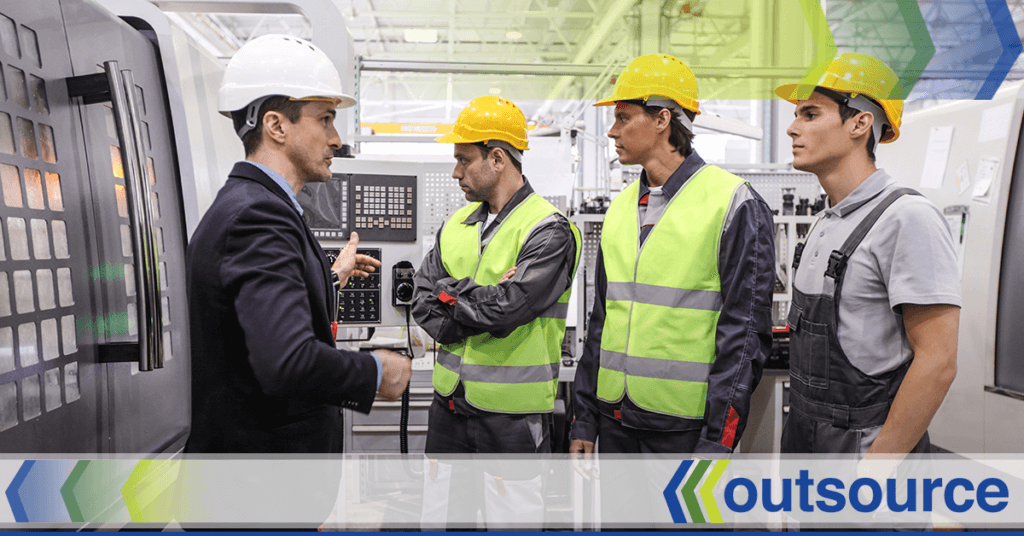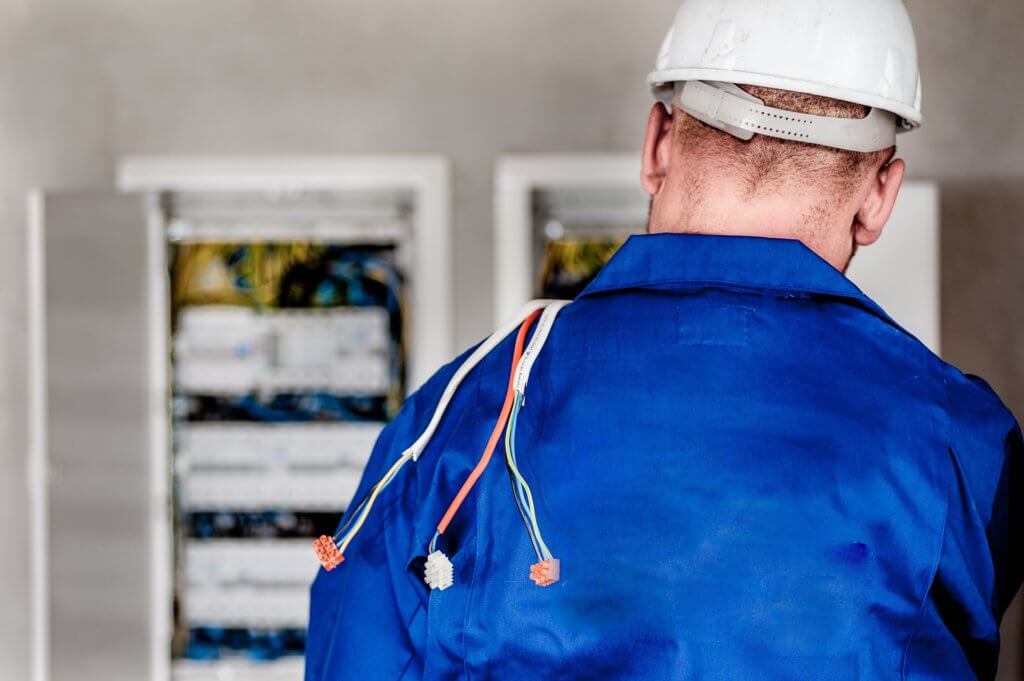
A safe workplace begins at the top with the supervisor. Without leadership from that crucial role, safety will never be a priority. Supervisors have responsibility for most of what happens daily in the workplace. However, it’s not just a position that’s charged with handing out work and making sure it’s done correctly. Supervisors must also be accountable for the safety and health of their workers.
Along with a safe environment, employees must also feel secure reporting unsafe or unhealthful conditions or any hazards they observe to their boss without fear of reprisal.
Here is a list of the essential responsibilities concerning safety and health for all employees that safety-conscious supervisors should be assuming:
Conducting the orientation and training of new hires
Supervisors should be taking the lead in training new employees on how to perform their work safely. They should be familiar with and conduct training on how to use personal protective equipment (PPE) that is required for each task. Whenever there are mandated safety training courses, the supervisor ensures that every worker takes them and that they are documented accurately.
Enforcing safe work procedures
Supervisors demonstrate their commitment to safety by enforcing safe work practices. Without enforcement, safety takes a back seat to production, and it’s just a matter of time until there is an accident. Workers should also be encouraged to identify unsafe or unhealthful workplace conditions.
Correcting any safety hazards
Whenever there are safety concerns, it’s up to the supervisor to take immediate steps to fix them. If it’s not within the supervisor’s ability to do that, then it’s critical to take temporary precautionary measures. The supervisor has to stay on top of any corrective actions until they are completed satisfactorily.
Training workers to spot and report unsafe conditions
Most near-miss incidents are the result of hazardous workplace conditions. One of the supervisor’s chief responsibilities is to educate and remind employees of what to be looking for and how to correct and report these unsafe conditions.
Investigating accidents in the workplace
Supervisors conduct accident investigations and make sure that all injured employees report to the Occupational Medical Service (OMS) right away. OMS works with Occupational Health and Safety to identify hazardous conditions that lead to injuries. They also document and treat any acute injuries. All facts and opinions about the cause of the accident must be recorded on the Workers Compensation Forms (CA-1 or CA-2), which supervisors must review, sign, and submit within 48 hours.
Promoting a speedy return to work
The longer workers are out from work, the less likely they are to return. Supervisors should be encouraging employees to return to work quickly by offering light-duty work and any other assistance whenever possible.
Are you looking to add some safety-conscious electrical workers to your team?
Let us know what you need, and we’ll help you find it. Contact the professionals at Outsource. We are the largest staffing firm in the nation specializing in the placement of low voltage and electrical talent.

Discover The Power of Real Partnership
Let's talk about the world of possibilities and how we can partner to make them a reality.
Our Latest Resources
What's new in the world of work? Check out the latest highlights, including staffing trends, top insights and more.
Be Ready to Answer These Questions at Your Next Job Interview
Whether this is your first job interview or you've done several already, you will probably find yourself with a case of nerves as it begins...
Maneuvering Your Job Search Through a Pandemic
A global pandemic means times are uncertain, stressful and even a bit frightening. While the COVID-19 outbreak has not only caused a health crisis it has also caused an economic crisis as well...









